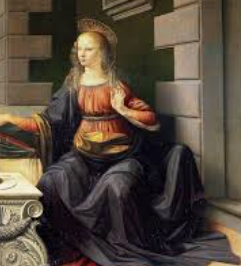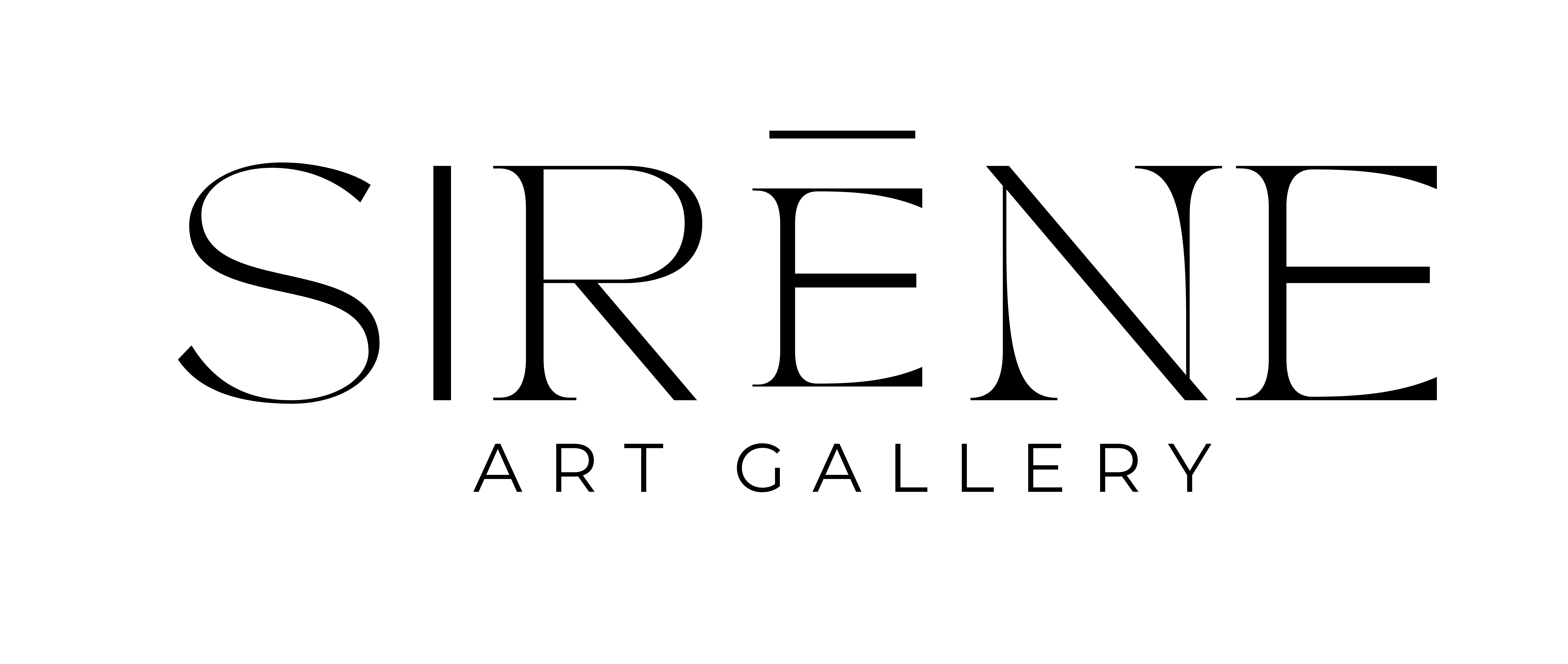Art has always been one of the most powerful forms of human expression. Across continents and centuries, people have used art to tell stories, express beliefs, document history, and explore identity. Art history is not just the study of visual aesthetics—it’s a window into the evolution of culture, politics, religion, and society.
In this blog post, we’ll journey through the major periods of art history, exploring how each movement shaped and was shaped by its time.
Prehistoric Art: The Dawn of Human Creativity
Long before written language, humans were painting on cave walls. The Lascaux Caves in France, dating back to around 17,000 BCE, are some of the best-known examples of prehistoric art. These early works included depictions of animals, hunting scenes, and mysterious symbols. Art was not decorative—it was spiritual, ritualistic, and functional.
Key characteristics:
- Cave paintings
- Carvings and figurines (like the Venus of Willendorf)
- Symbolic, not realistic


Ancient Civilizations: Art as Power and Religion
The great ancient civilizations—Egypt, Mesopotamia, Greece, and Rome—used art to glorify gods, rulers, and the afterlife.
- Egyptian art was symbolic and hierarchical, emphasizing permanence (e.g., pyramids, tomb paintings).
- Greek art celebrated the human body and balance, leading to idealized sculptures like the Discobolus.
- Roman art built on Greek techniques and introduced realistic portraiture and monumental architecture.
Key characteristics:
- Mythological and religious themes
- Monumental architecture (pyramids, temples, colosseums)
- Frescoes and mosaics


Medieval Art: A Window into the Divine
From around 500 to 1400 CE, European art was deeply tied to Christianity. During this period, artistic focus shifted from realism to spirituality.
- Byzantine art featured gold backgrounds and religious icons.
- Gothic art (12th–16th century) brought stained glass windows, illuminated manuscripts, and pointed arches to cathedrals.
Key characteristics:
- Flat, symbolic figures
- Religious narratives
- Manuscripts and church murals


The Renaissance: The Rebirth of Humanism
Spanning roughly the 14th to 17th centuries, the Renaissance was a cultural explosion beginning in Italy and spreading across Europe. Art embraced science, anatomy, and classical antiquity.
- Leonardo da Vinci, Michelangelo, and Raphael brought realism, perspective, and human emotion to the canvas.
- Innovations like linear perspective and oil painting changed art forever.
Key characteristics:
- Realistic human figures and anatomy
- Use of perspective and light
- Themes from classical mythology and Christianity



Baroque to Romanticism: Drama and Emotion
The 17th and 18th centuries saw dramatic shifts in art:
- Baroque art (e.g., Caravaggio, Rembrandt) emphasized movement, contrast, and theatrical lighting.
- Rococo followed with ornate, decorative, and playful elements.
- Romanticism reacted against industrialization, favoring emotion, nature, and the sublime.
Key characteristics:
- Bold lighting and intense emotion (Baroque)
- Pastel colors and luxury (Rococo)
- Nature and heroism (Romanticism)




